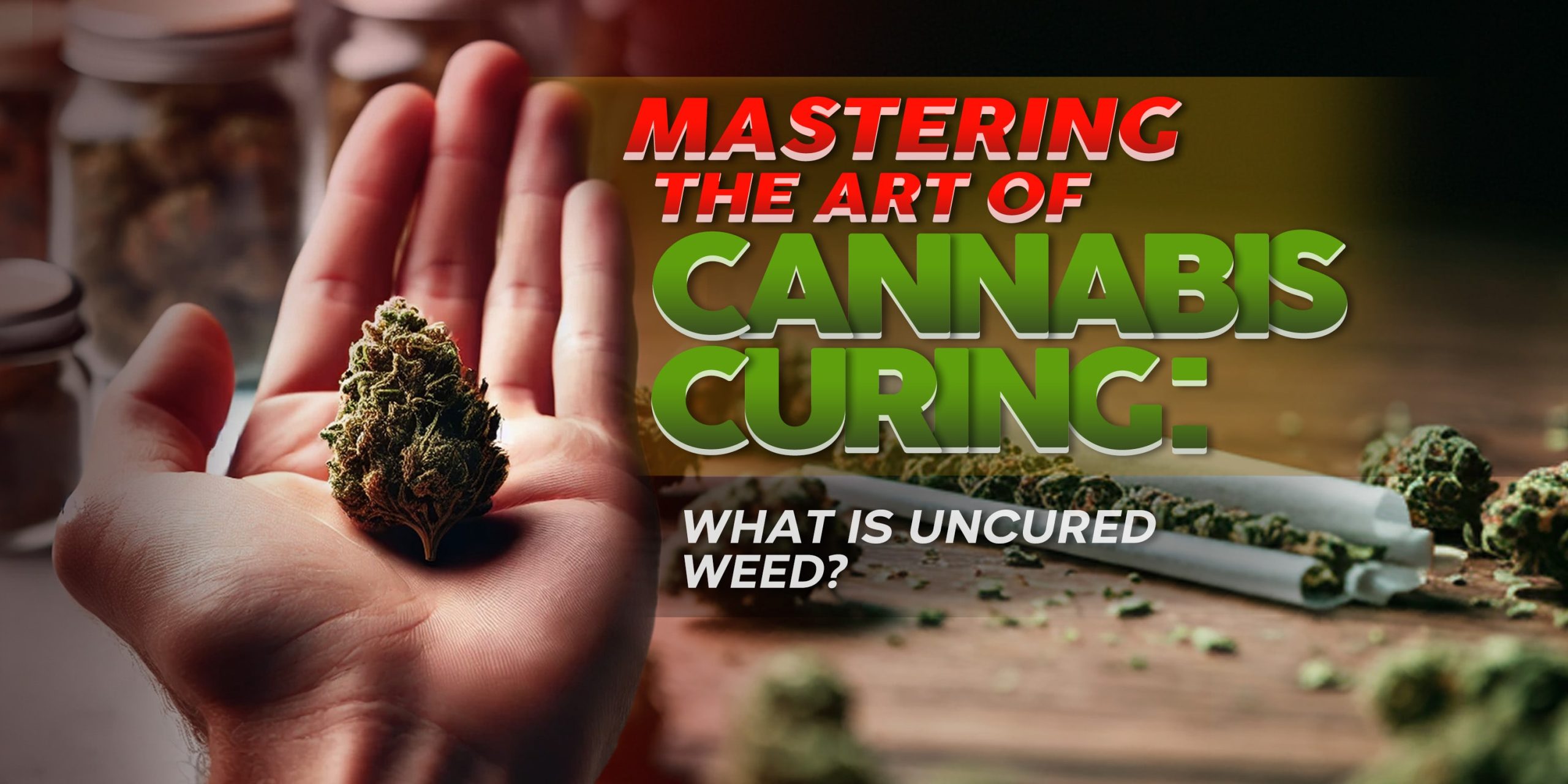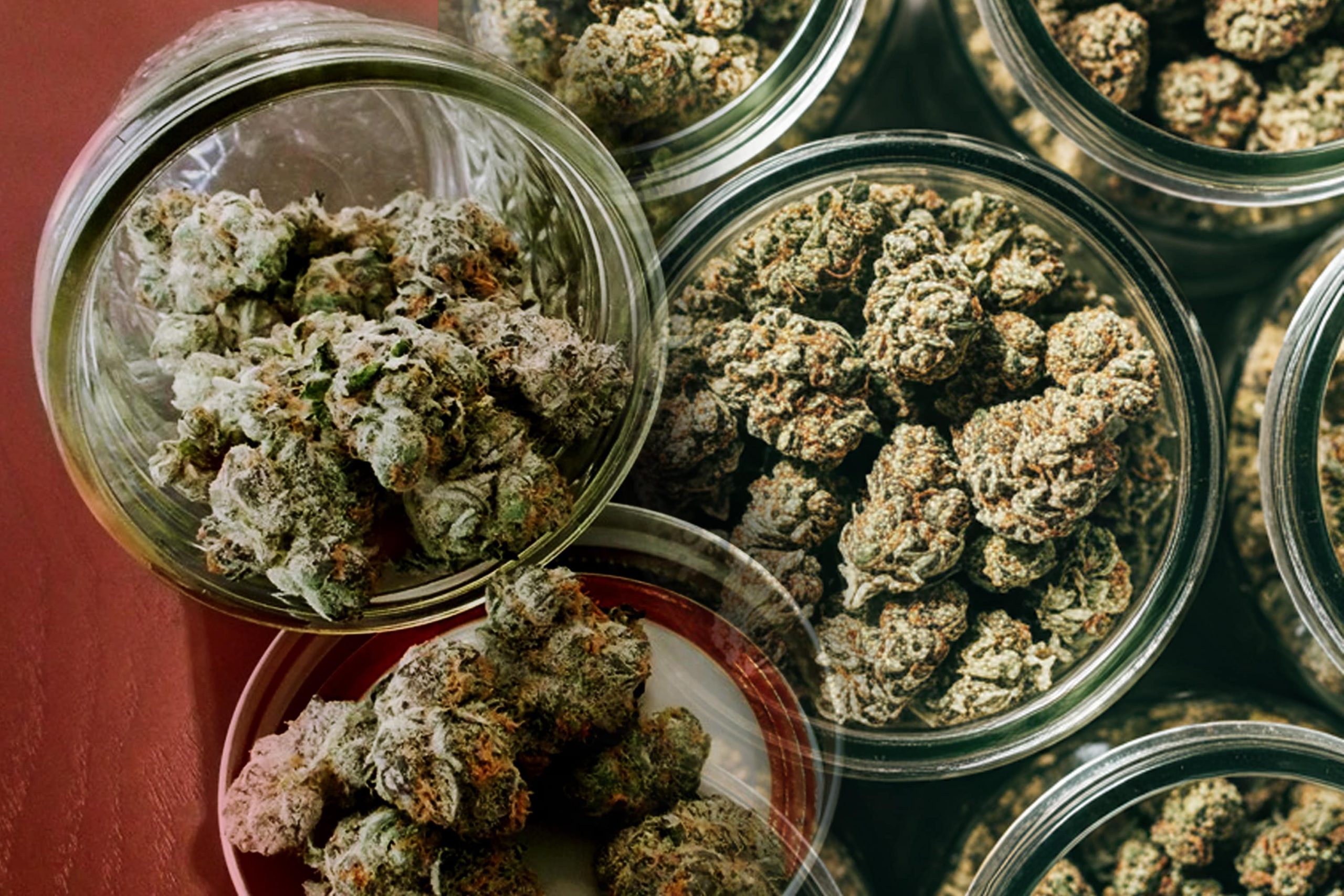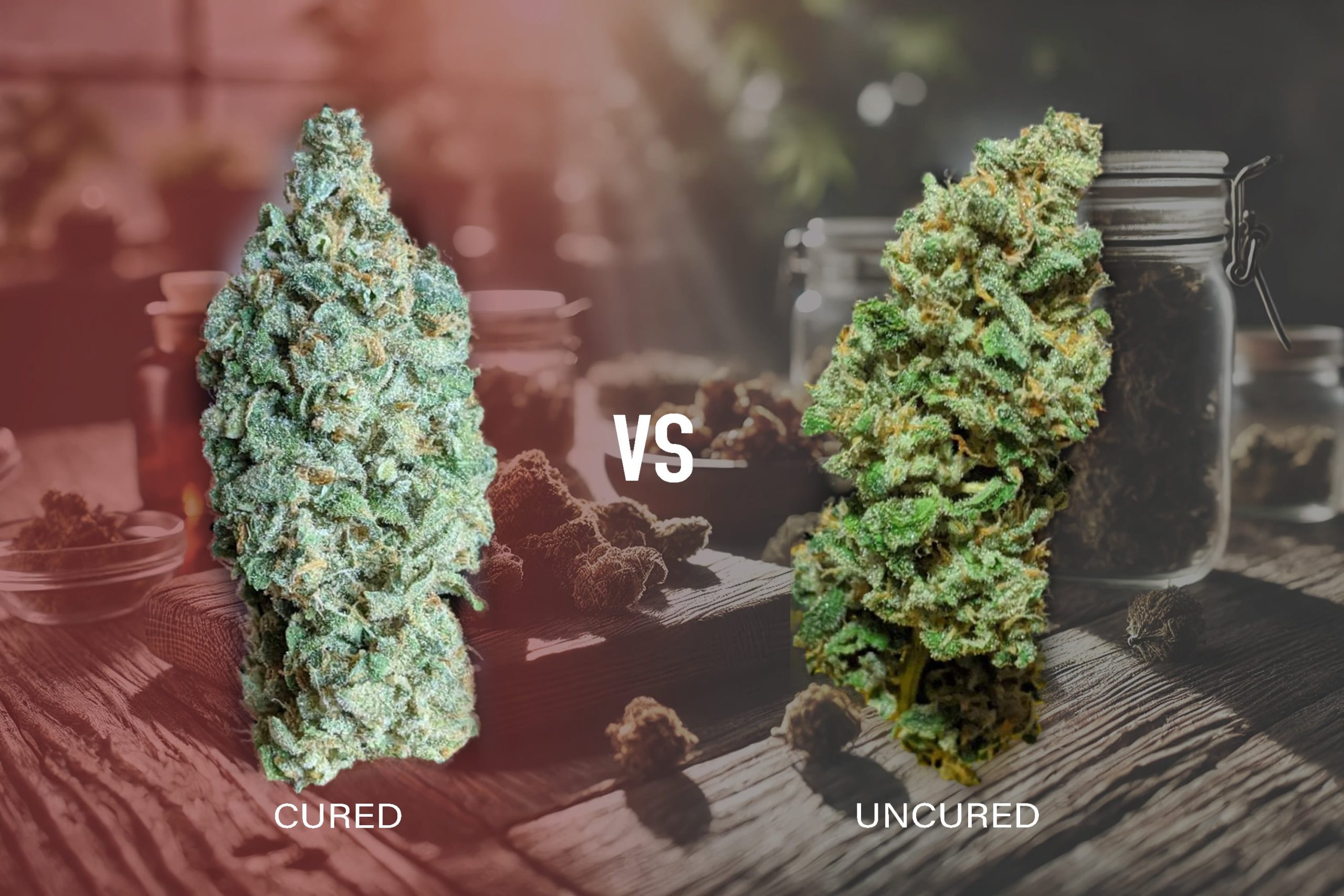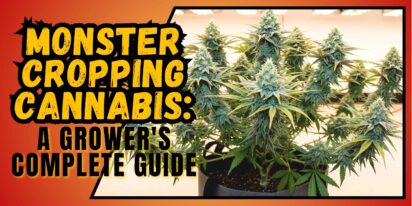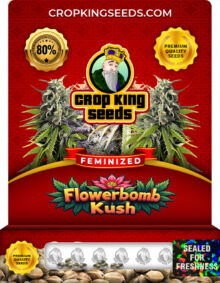Cannabis curing is more than a process—it’s an art that transforms fresh cannabis into a premium product. Properly curing uncured weed ensures a smoother, more flavorful, and potent smoking experience. This comprehensive guide delves into the importance of curing, comparing cured and uncured weed, and outlining optimal curing conditions to enhance your cannabis journey.
What is Cannabis Curing?
Cannabis curing is the meticulous process that follows the initial drying of harvested cannabis. This step is crucial for preserving the plant’s complex chemical profile, which includes cannabinoids and terpenes, responsible for the psychoactive effects and aromatic qualities of cannabis. Curing involves storing cannabis buds in controlled conditions to allow for the slow breakdown of sugars and chlorophyll, which can contribute to a harsh taste and unpleasant odor if not properly managed.
The Role of Curing in Enhancing Cannabis Quality
Curing cannabis is akin to aging fine wine; it refines the product’s characteristics and ensures the preservation of its valuable components. This process plays a pivotal role in defining the final quality of cannabis by enhancing its potency, flavor, and aroma while also extending its shelf life. The controlled environment during curing prevents the degradation of cannabinoids and terpenes, leading to a more robust and enjoyable smoking experience.
Cured Weed vs. Uncured Weed
Potency and Psychoactive Effects
The curing process significantly impacts the potency of cannabis. Cured cannabis undergoes a chemical transformation where THCA is converted into THC, the compound responsible for the psychoactive effects. Additionally, curing stabilizes the cannabinoid profile, ensuring a more consistent and potent product. In contrast, uncured weed may offer a lower potency due to incomplete THCA-to-THC conversion, resulting in a less satisfying experience.
Flavor and Aroma Profile
One of the most noticeable differences between cured and uncured weed is the flavor and aroma. Proper curing allows terpenes, the compounds responsible for the distinctive scents and flavors of cannabis, to mature and develop fully. This results in a richer, more nuanced flavor profile. Uncured weed, on the other hand, often retains a chlorophyll taste and a fresh grass-like smell, which can be off-putting and indicate incomplete curing.
Smoke Quality and Smoothness
The quality of the smoke is a direct indicator of the curing process’s success. Properly cured cannabis burns evenly and produces a light gray or white ash, signifying a clean and smooth smoke. This is due to the breakdown of excess sugars and chlorophyll during curing. In contrast, uncured weed tends to produce a darker ash and a harsher, more irritating smoke, which can detract from the overall experience.
The Importance of Curing for Extended Shelf Life
Mold and Mildew Prevention
Curing plays a vital role in preventing mold and mildew, which can compromise the quality and safety of cannabis. By maintaining optimal humidity levels, curing inhibits microbial growth, ensuring the product remains safe for consumption. This not only protects the consumer but also allows commercial growers to store cannabis for extended periods without sacrificing quality.
Longevity and Preservation
Properly cured cannabis can be stored for months, even years, without significant degradation in quality. The curing process stabilizes the cannabinoids and terpenes, locking in their potency and aroma. This extended shelf life is particularly valuable for both personal and commercial storage, as it ensures that cannabis remains fresh and potent over time.
Can You Smoke Uncured Weed?
While it is possible to smoke uncured weed, it is not recommended. The lack of curing can lead to a less enjoyable experience, characterized by harsh smoke, throat irritation, and an unpleasant taste. Uncured cannabis may also produce unwanted side effects due to the presence of chlorophyll and other unprocessed compounds. For a premium smoking experience, patience in allowing the cannabis to cure is essential.
Live Resin: An Exception to the Rule
What is Live Resin?
Live resin is a type of cannabis concentrate known for its high terpene content and robust flavor profile. Unlike traditional cannabis products, live resin is made from fresh, flash-frozen cannabis buds, which bypasses the drying and curing stages. This process captures the plant’s essence at its peak, preserving a higher concentration of cannabinoids and terpenes, which contributes to its unique potency and aromatic qualities.
Benefits of Live Resin
Live resin provides a distinct experience that differs from traditionally cured cannabis. Its production method allows for the preservation of a broader spectrum of cannabinoids and terpenes, offering a more intense and flavorful smoking or vaping experience. While live resin is an exception to the standard curing process, it highlights the diverse methods available to cannabis enthusiasts seeking various consumption experiences.
The Science and Practice of Cannabis Curing
Optimal Curing Conditions
To achieve the best results in cannabis curing, certain conditions must be meticulously maintained:
- Humidity Control: Maintaining a relative humidity level between 55%-65% within the curing environment is crucial. This range ensures that the buds retain the right moisture content, preventing mold growth while preserving potency.
- Temperature Regulation: The curing area should be kept between 60-70 degrees Fahrenheit (15-21 degrees Celsius). This temperature range supports the gradual release of moisture, which is key for developing the rich flavors and aromas of cannabis.
- Light Management: Cannabinoids and terpenes are sensitive to light, particularly UV rays, which can degrade these compounds. Storing cannabis in a dark place, away from direct light, is essential to maintain its chemical integrity during curing.
- Airtight Storage: Using airtight containers, such as glass jars, prevents the exchange of air and helps maintain the controlled environment needed for curing. Avoid plastic containers, as they can impart unwanted smells and compromise the quality of the cannabis.
- Jar Filling Practices: Fill jars only two-thirds full to allow adequate airflow around the buds. This space is necessary to manage moisture levels effectively and prevent mold or mildew.
The Role of “Burping” in Curing
“Burping” is the practice of opening curing jars daily during the first week to release excess moisture and gases. This process:
- Moisture Management: Helps control humidity levels inside the jars, ensuring the buds do not become overly moist, which can lead to mold.
- Flavor Development: Tossing the buds gently during burping evenly distributes moisture, enhancing the flavors and aromas.
- Mold Detection: Regularly opening jars allows for the early detection of mold or mildew, which can be addressed promptly to preserve the quality of the cannabis.
Conclusion: The Indispensable Role of Curing
The curing process is a vital step in transforming cannabis from a freshly harvested plant into a refined product ready for consumption. By understanding and applying the principles of cannabis curing, enthusiasts can significantly enhance the potency, flavor, and overall quality of their cannabis. Whether you are a casual consumer or a commercial grower, mastering the art of curing is essential for achieving the best possible smoking experience.





